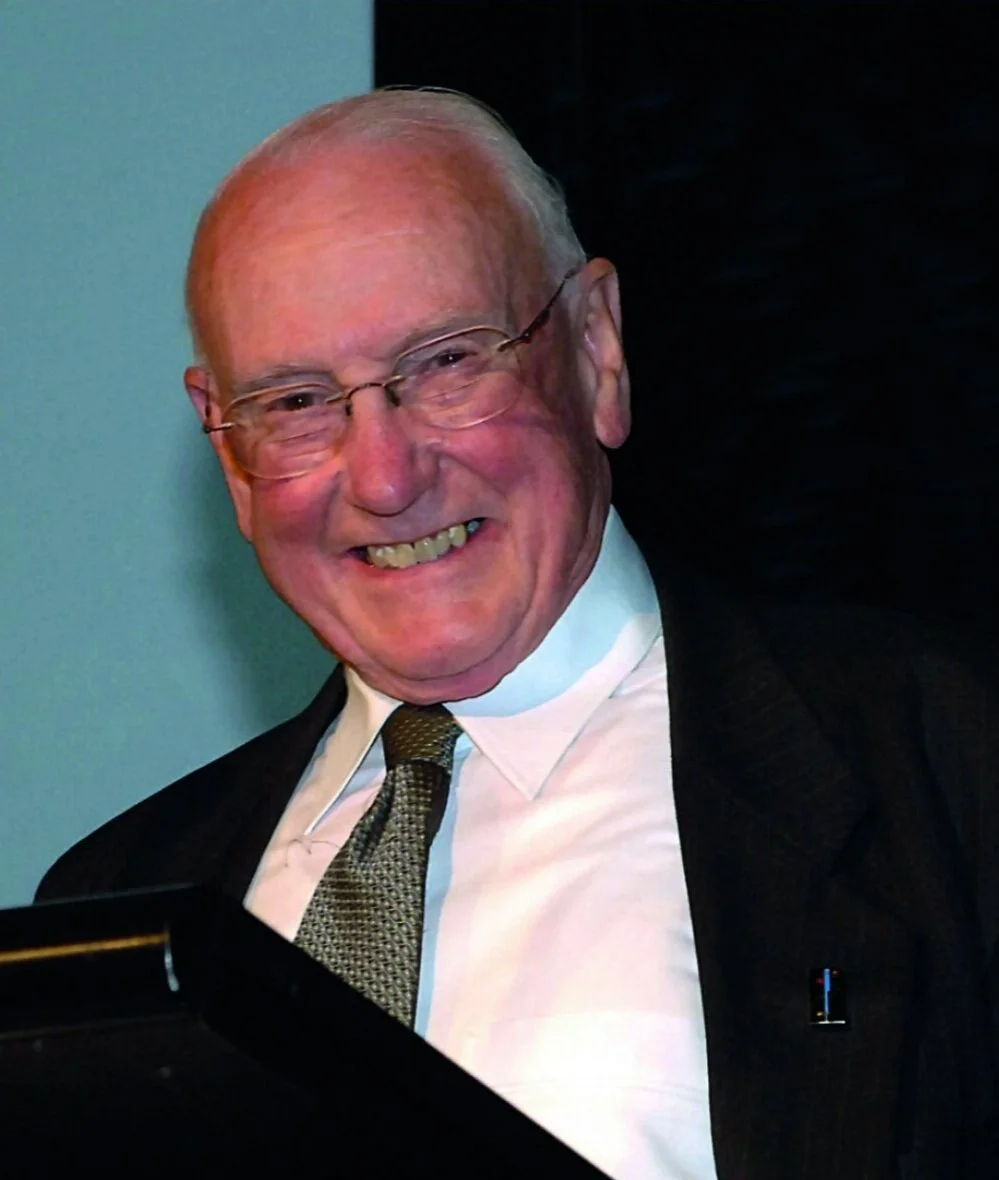Lifelink's historic link to Launceston General Hospital
Lifelink Samaritans Helene Whitehead and Kim Brundle-Lawrence OAM MAIES, with Clifford Craig Foundation CEO Peter Milne.
October, 2021
Just shy of its 53-year anniversary, Tasmania’s oldest telephone crisis hotline has called it a day - but not without one last donation to a very worthy cause.
Since its inception in December 1968, Lifelink Samaritans has offered a non-judgmental line to people in need of support, or at risk of suicide.
But after more than five decades the organisation’s volunteers have made the decision to cease operations.
Among Lifelink’s founding members was the late Dr John Morris AO MBE, whose legacy continues through it and the John Morris Diabetes Centre.
A champion of medical research and nurse education in Northern Tasmania, Dr Morris was also the founding chairman of the Clifford Craig Foundation.
It was this historic connection that led the Lifelink Samaritans’ managing committee to donate its remaining funds of $4000 to the Clifford Craig Foundation, in support of research being conducted by Professor Nicholas Shackel.
A gastroenterologist at the Launceston General Hospital, Professor Shackel is leading three translational research projects aimed at improving patient outcomes in gastrointestinal diseases.
The late Dr John Morris 1926-2017.
Lifelink Samaritans spokeswoman Helene Whitehead, who has been volunteering with the organisation since 1975, said the group wanted to honour their history.
“We wouldn’t have achieved what we have over the past 53 years if it wasn’t for people like Dr John Morris,” she said.
“We had some money left over, and we couldn’t think of a more worthwhile cause than helping to continue the legacy of one of our founding members.
“We are very proud of what we have been able to achieve, and leave knowing suitable support remains in place in the community through other services.”
With a focus on listening, caring and empowering callers who were experiencing troubles in life, Lifelink Samaritans was run entirely by volunteers, with no affiliations to religious groups.
Originally known as Lifelink, it was the first telephone crisis helpline established in Tasmania and the fourth in Australia, with Samaritans added to the title later to avoid confusion with Lifeline.
At its peak, there were 250 volunteers answering crisis phone calls from Launceston, New Zealand and Western Australia, with up to 300 calls received each month.
The organisation grew out of the Australian Council of Churches “Church and Life Movement” which conducted a series of study groups throughout Launceston in the 1960s.
During this time communities were becoming increasingly interested in discussing social issues – including mental illness, loneliness and a rise in the number of suicides in the region.
From these social meetings Lifelink was born, with a recognition that Launceston needed a telephone service for people in need, in times of personal crisis.
Dr John Morris was part of the organisation’s first a medical advisory panel, formed in the early 1970s.
Speaking in The Story of Lifelink Samaritans, published in 2000, he said there were two things that led him to Lifelink: his work in marriage counselling and training, and a desire to help those in need.
“I have always had an interest in counselling and counselling techniques and undertook some training programmes to better equip myself and it has been marvellous to be able to use this background in Lifelink work,” he said.
“One of the great things for me in my involvement with Lifelink is the wonderful people to be met within the organisation who give so much of their time and energy to help others, and to my mind it is the spirit of giving, at a cost to one’s self, and the caring for others in need that has made Lifelink such a strong and beneficial organisation.”
Dr Morris was made a life member of the organisation in 1978. He died in 2017, aged 90.
For crisis support, call Lifeline 13 11 14.


